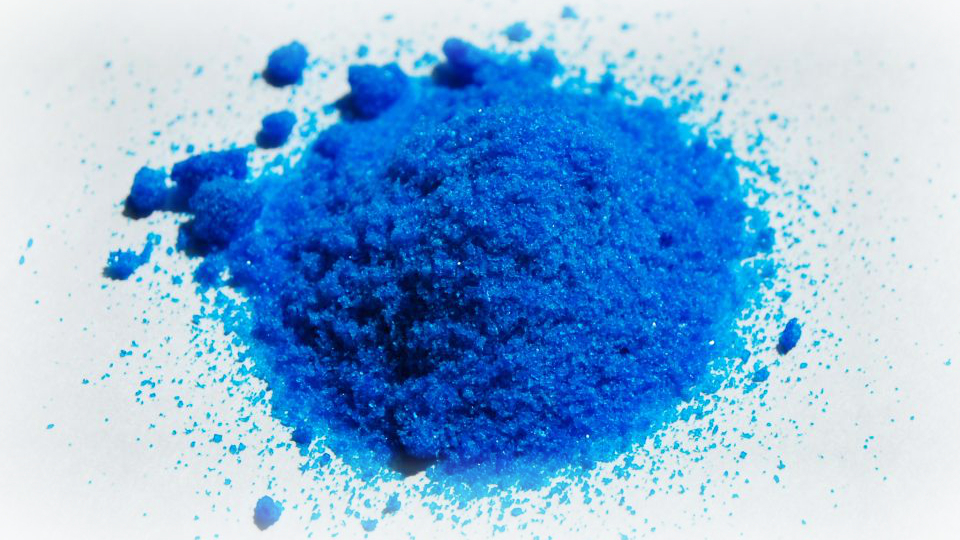The three-dimensional electrode of RedElec is particularly suitable for the removal and recovery of soluble metals from diluted solutions. Among these metals, we can cite the copper, nickel, gold or silver.

From an ecological point of view, it may be noted that large amounts of dissolved metal, in the form of ions, are being discharged in effluents and poses an environmental risk.
From an economic point of view, it may be noted that these metals are recoverable by electrochemical extraction. These metals are so trapped in the cell after deposition.
However, the removal or recovery of ions from diluted solutions requires electrodes with high specific surface. This is precisely one of the important characteristics of the three-dimensional electrode. The electrochemical cell proposed by RedElec finds therefore applications in processes of effluent treatment in which the complete removal of metals is essential.
The structure of the electrode of RedElec, consisting with carbon particles of small size, differs from conventional porous electrodes. Indeed, through the latter, the flow of the electrolyte would be limited by micro- and macro-pores of the porous matrix.
The use of a bed of particles allows creating new canals through which can flow the electrolyte. These canals are formed by the residual space between each of the particles. This phenomenon not only allows faster flow of the electrolyte, but also avoids the presence of “dead-end” pore which limits the efficiency of conventional porous matrices.
The metal recovery cycle in the electrochemical cell of RedElec consists of two phases. The first is to concentrate the metal by a cathodic deposition on the carbon particles. The second phase is based on an anodic dissolution of the same metal in the electrolyte.
The use of a bed of particles in each of the two compartments of the cell - the anode and the cathode - allows the cell of RedElec to perform these two steps of deposition and dissolution simultaneously. This is an essential advantage of this system.
Dissolution carried out in a small volume of electrolyte, allows obtaining a metal concentration 100 times greater than the initial concentration.




